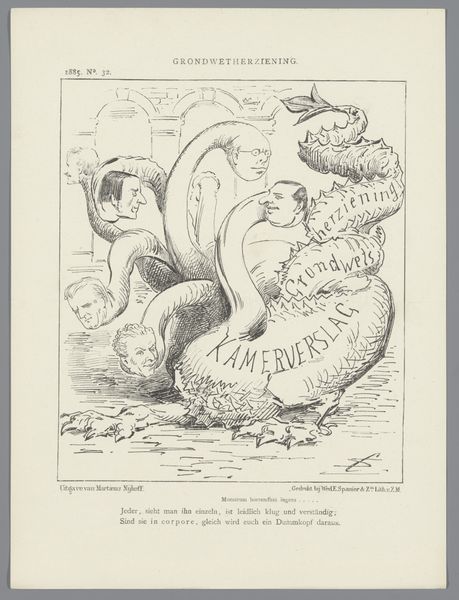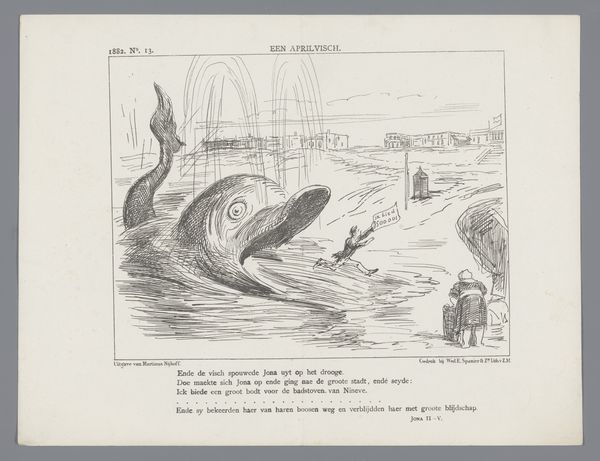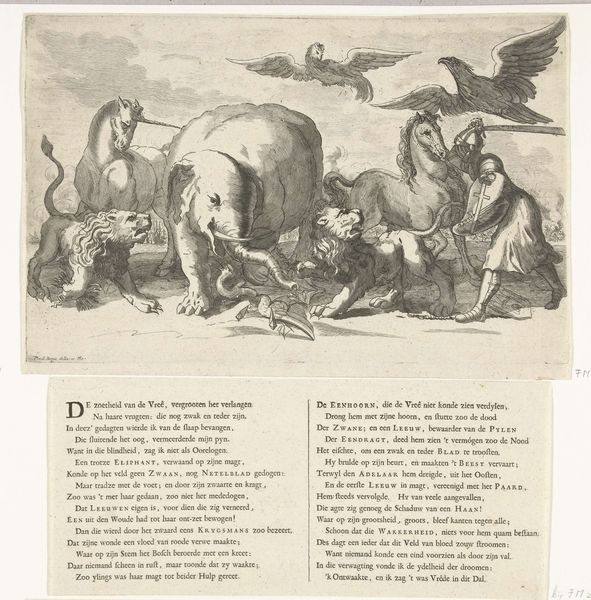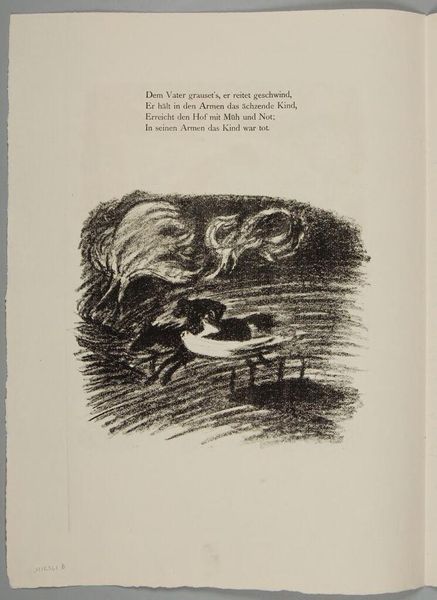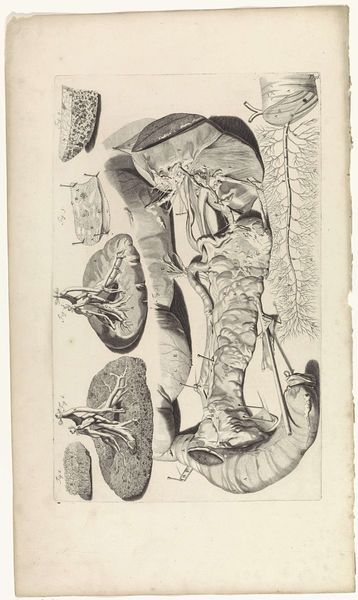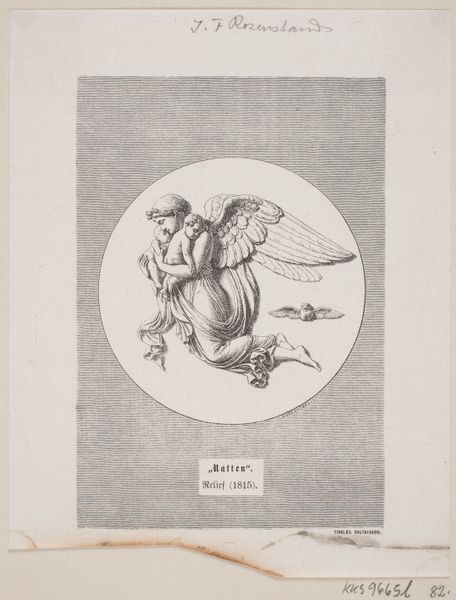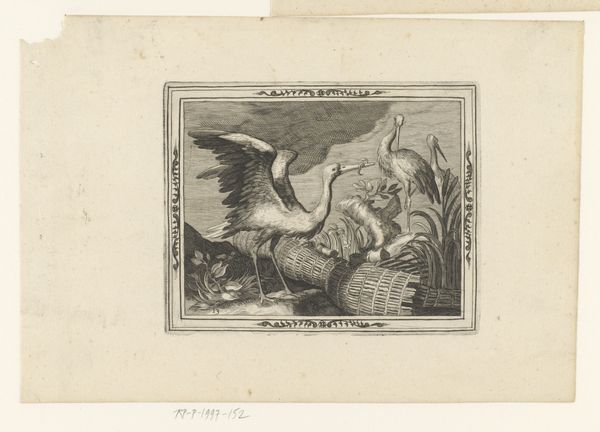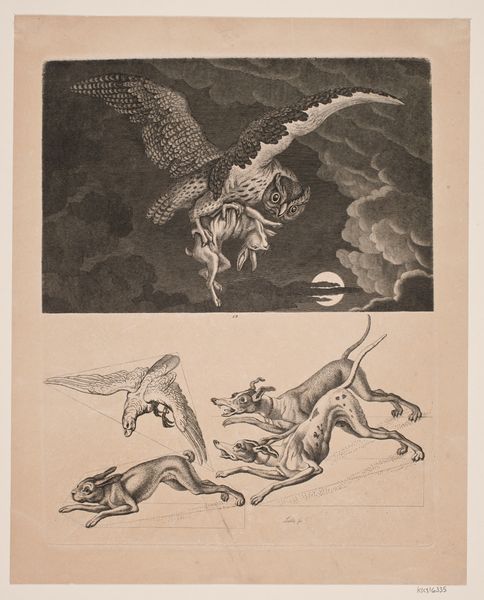
graphic-art, print, engraving
#
graphic-art
# print
#
figuration
#
line
#
engraving
Dimensions: height 275 mm, width 215 mm
Copyright: Rijks Museum: Open Domain
Curator: This print, "Spotprent over de schoolwet, 1884" by Johan Michaël Schmidt Crans, offers a fascinating window into the political debates surrounding education in the Netherlands during that time. Editor: It’s an engraving from 1884. My first impression is one of political satire. It seems to depict some sort of retraction, or defeat. What's striking is how the artist uses the image of a snail. How do you interpret this work through its historical context? Curator: Absolutely, it’s steeped in political and religious tensions of the period. The central image depicts a snail with a "Wetsvoorstel A. Mackay c.s." – a bill proposal by A. Mackay – inscribed on its shell, literally dragging itself along. Hands wielding quills labeled “Kappeynianen” and "Vuda liberaal," seemingly retract the bill. Considering the religious battles around public versus denominational schooling at the time, what does this visual metaphor communicate to you? Editor: So the snail, weighed down by the bill, symbolizes the slow progress – or perhaps the ultimate failure – of Mackay's proposed changes to education law. And the hands actively intervening suggest opposing factions or ideologies at play. The fact that one hand has "liberaal" marked on it suggest this battle occurred along the ideological spectrum. Curator: Precisely! Now think about the choice of the snail. What connotations does a snail bring to mind in terms of social or political commentary? The snail can indicate something negative, as something unwanted and a pest. The artist's perspective might also have emphasized other attributes associated with snails, such as its persistent slowness. Editor: Okay, I get it! The print critiques the slowness and perhaps even the 'sliminess' of the political process surrounding education reform. Thanks! Curator: My pleasure! Seeing this piece from that point of view shows that engravings offer so much in terms of both aesthetic style, and their documentation of social history.
Comments
No comments
Be the first to comment and join the conversation on the ultimate creative platform.

